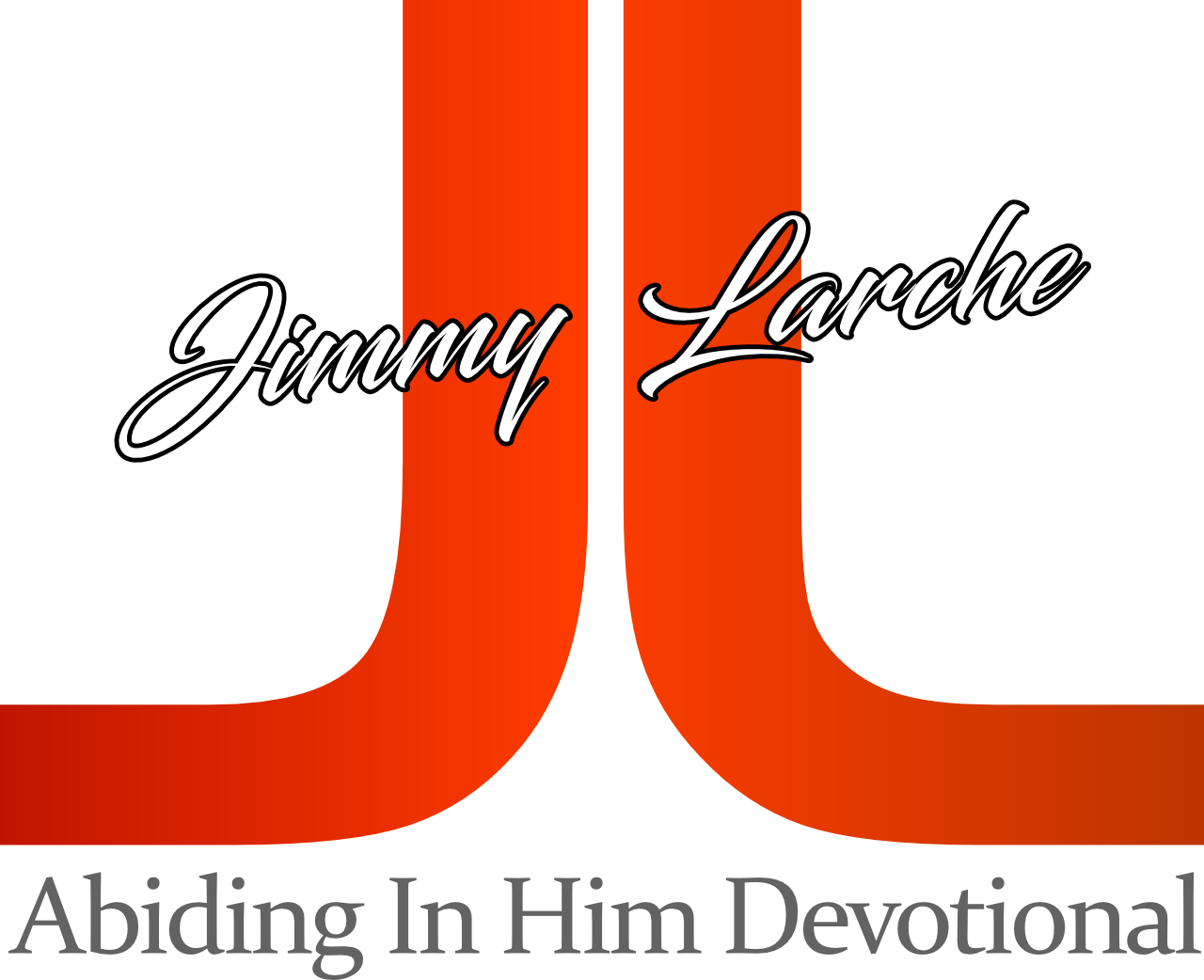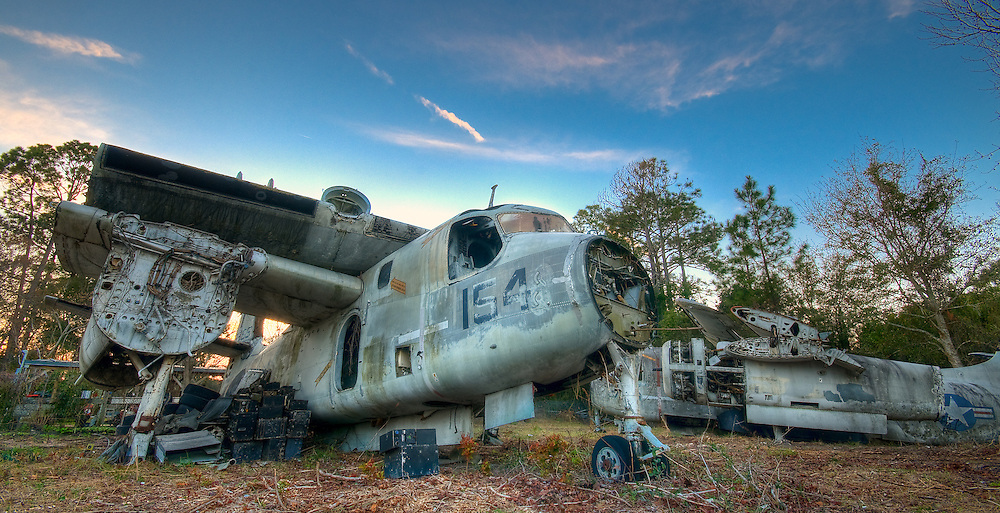Text: Psalm 22:1-31
“He has made everything beautiful in its time.” Ecclesiastes 3:11
Earlier this year, we went to an art festival while visiting with family in south Florida. It was there that we came across the work of Walter Arnold, a self-taught fine art photographer. After picking up his first DSLR camera in 2006, Walter happened upon an old and deserted airplane graveyard. In the process of shooting the abandoned planes, he discovered his infectious passion for what he now calls “The Art of Abandonment.”
Walter’s vision draws him to capture unusual and artistic scenes in places that others often pass by. In his own statement:
“I strive to create nontraditional images and scenes in locations that most people will never have the pleasure to see. I travel the country to seek out historic, forgotten places, and preserve their history and memory through the art of photography. These abandoned buildings and locations speak volumes when you enter them, even in their abandoned and decaying state. Every room you look into tells a story and every artifact from a bygone era holds years of meaning and lost purpose. I enjoy searching for beauty in uncommon places and by doing so, help to preserve the memory and spirit that still shines ever so faintly in the dust and decay of these modern ruins.”
When I look at Walter Arnold’s inspiring work, I cannot help but to remember that God is the Master Artist at reclaiming the beauty of the abandoned and ruined.
I’ll never forget how God personally captured my deserted teenage heart while locked up in a cold and lonely juvenile detention center. After a childhood wrecked by abuse and abandonment, I had lost all hope until Christ restored purpose to my life (as told in my book 13-Foot Coffins). That redemptive experience led to the birth of Breakaway Outreach in 1995, the ministry my wife and I have spent our entire adult lives investing in—restoring dreams and shaping resilience in countless youth and children who often feel deserted in their pain. We’ve seen Christ bring beauty out of brokenness time and time again.
The art of abandonment is about bringing out a hidden beauty where others only see ruin, decay, or worthlessness.
Jesus practiced this art when he reached out to undesirables—unashamedly hanging out with sinners, dining with repugnant tax collectors, caring for unclean lepers, and restoring dignity to promiscuous women. He practiced this art by confronting the prejudices of his own disciples toward the loathed Samaritan race. He taught them to see the Samaritans through the lens of God’s love instead of their age-old bigotry. In Matthew 25, Jesus practices this art by speaking out on behalf of “the least of these”—the imprisoned, the sick, the poor, and the stranger (in the original Greek this meant “foreigner” or “alien”).
Jesus taught his followers to not overlook the hidden beauty of the abandoned. He was always the friend of the outcast, the deserted, and the forsaken—and he was often scandalized by the religious Pharisees of his day for being such a loyal friend. He saw beauty where others saw repulsiveness. His affinity with the undesirables made the Pharisees quite uncomfortable in their legalistic approach to religion. And Jesus didn’t seem to mind offending these zealots as he turned their holier-than-thou rules of engagement upside down.
At times we may feel abandoned and forsaken. David certainly felt this way in Psalm 22. His cry begins with the words that Jesus quoted on the cross, “My God, My God, why have you forsaken me?” David felt like God was ignoring him. But for every plaintive cry that David articulates, he turns to an attribute of God that salvages him from dejection. He testifies that God is holy (v.3), trustworthy (vv.4-5), and near to rescue (vv.11,19,21). God is always much closer than we think.
Every piece of wreckage from the graveyard of your past will inevitably tell a picturesque story of His grace and redemption in your life. This is His “Art of Abandonment”—making something good come out of the ruins. God makes everything beautiful in its time.
Think about that as you seek to abide in Him this week.
PRAYER
Heavenly Father, thank you for seeing something in me when there was nothing desirable to others. Thank you for taking a life wrecked by sin, shame, and desertion, and turning it into a story of your beauty, grace, and redemption. You will never abandon me nor leave me to myself—all of this because of your unfailing love. Take my life and let it be consecrated, Lord, to Thee. Take my moments and my days; let them flow in endless praise. In Jesus’ name, amen.
Questions for Reflection and/or Family Discussion:
- If your past was described as a graveyard, what would be buried there?
- In what ways have you seen God redeem some of the wreckage from your past?
- Why is it sometimes hard to accept that God will never leave us or forsake us? When have you felt forsaken?
- In what ways may God be leading you to rediscover beauty in forsaken places?
- In what ways this week can you practically flesh out Jesus’ love for the outcast, the unloved, or the deserted?


